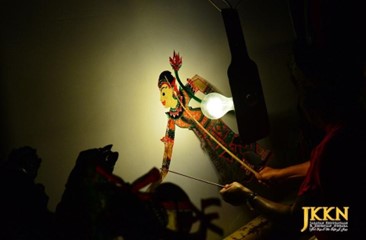ARTS AND CULTURE INFORMATION GATEWAY
Immerse yourself in the colorful world of art and culture! From traditional heritage to contemporary works, discover uniqueness that reflects the nation's identity and identity
WAYANG KULIT GEDEK
Picture
1
Video
Available
Today's Visitor
140
Number of Visitors
1185
Introduction and history
The Wayang Kulit Gedek in Kedah is strongly influenced by Nang Talung, a form of shadow puppetry from southern Thailand that has existed since the 19th century. Nang Talung originated from Thailand and is characterized by the use of larger puppet figures compared to shadow puppets from Java or Bali. In Kedah, this influence is evident in the use of animal hide for creating puppet figures and in the performance style, which involves manipulating the puppets behind a screen illuminated by light to create dramatic shadows.
Nang Talung is known for its performances using large puppets, crafted by cutting and carving animal hide (usually cow or buffalo skin). These performances combine shadow art with storytelling, accompanied by traditional music played on instruments like the gamelan. In Kedah, the influence of Nang Talung is apparent in the form and delivery of Wayang Kulit performances. Although the storytelling style and themes have been adapted to suit the Malay audience, the foundational elements of Nang Talung remain recognizable in the shadow play and puppet manipulation. This connection is supported by similarities in language, storytelling, musical repertoire, and other related elements. The structure of Wayang Kulit Gedek performances continues the tradition of Nang Talung with some modifications, such as changing the story titles while retaining the original plots and narratives.
The Wayang Kulit Gedek of Kedah, as a rich traditional art form, plays various roles and functions in the social and cultural life of Kedah's community. It is not only a form of entertainment but also serves as a medium for education, communication, and the preservation of cultural values.
1. Entertainment:
Wayang Kulit Gedek acts as an entertainment medium that brings communities together during events such as weddings, feasts, and festivals. Its humorous elements and folk tales attract audiences of all ages. The colorful characters, graceful movements, and captivating music make the performances engaging and delightful experiences.
2. Moral and Educational Medium:
The Wayang Kulit Gedek plays a significant role in conveying moral lessons and educational values. Each performance incorporates life lessons, such as honesty, courage, and harmony. Stories like Ramayana and Mahabharata are used to impart universal values that inspire positive attitudes among the audience. Characters like Sri Rama and Hanuman are not only figures in epic tales but also moral symbols, providing guidance and inspiration to society.
3. Cultural Preservation:
The Wayang Kulit Gedek plays a crucial role in preserving Kedah's cultural heritage. It serves as a bridge between older and younger generations, teaching them about cultural origins, local history, and traditions. Despite modern challenges, the art form is sustained by younger generations through initiatives such as cultural courses and workshops organized by cultural institutions. These efforts ensure that this artistic heritage continues to thrive and is cherished as a symbol of cultural identity.
4. Social Communication:
Wayang Kulit Gedek also serves as a medium for social communication. In some performances, the puppeteer (dalang) uses dialogues or satire to address current social and political issues. This allows the audience to reflect, think critically, and view matters from new perspectives. Through its unique characteristics, Wayang Kulit Gedek remains a relevant art form, uniting communities, educating, and entertaining in various ways.
In conclusion, the Wayang Kulit Gedek of Kedah is not merely an art form for entertainment but also an essential tool for shaping identity, conveying morals, and preserving cultural heritage. It reflects the unique traditions that continue to be cherished by the people of Kedah and Malaysia as a whole.
The Wayang Kulit Gedek in Kedah maintains close ties to Malay and Islamic culture. In this region, shadow puppetry is used not only for entertainment but also for religious purposes, including conveying teachings and moral values to society. The stories presented often revolve around epics such as Ramayana or Mahabharata, but with localized elements tailored to Malay societal values and Islamic teachings.
-
Musical instruments play a crucial role in setting the atmosphere and supporting the narrative of the performance. Instruments used include:
• Gedombak: Provides rhythmic beats.
• Serunai: A wind instrument that delivers melodic tunes.
• Kesi (finger cymbals) and canang: Contribute to the percussive texture.
• Gong: Adds depth and dramatic emphasis.
Music is performed by musicians (known as panggi) who accompany the puppeteer throughout the show. The music not only complements the narrative but also enhances the emotional expression of the story, highlighting tension, joy, or sorrow as needed.
The puppets used in Wayang Kulit Gedek are crafted with precision and high skill, reflecting the traditional artistry passed down through generations. The process includes:
1. Material Selection: Cow or goat hide is chosen for its durability and ease of carving.
2. Preparation: The hide is soaked in water to remove fat and hair, then dried under the sun.
3. Designing: Patterns are manually drawn on the hide using pencils or carving tools.
4. Carving: The hide is cut into character shapes using specialized chisels. Intricate details such as clothing, accessories, and aesthetic motifs are added.
5. Painting: The puppets are painted using traditional or modern dyes. Colors symbolize the characters' traits (e.g., red for bravery, green for tranquility).
6. Attachment: Wooden or bamboo rods are attached to the puppets with string or glue for maneuverability. Usually, three rods are used: one for the head and two for the hands.
A Wayang Kulit Gedek performance uniquely combines visual art, music, and narrative storytelling. It is orchestrated by the dalang (puppeteer), who serves as the narrator, puppet manipulator, and overall director of the performance. The dalang sits behind a screen (kelir) illuminated by an oil lamp or light bulb, projecting the shadows of the intricately carved puppets.
Stories, often adapted from epics like Ramayana or local folklore, are tailored to address contemporary issues. Humor, satire, and social commentary are interwoven to captivate audiences of various backgrounds. The Tok Dalang plays a pivotal role in the performance, acting as the manager, director, and voice for all the characters. Performances often incorporate comedic and lighthearted elements, making them highly engaging and relatable to the audience.
-
Reference Source
i. Bahan Bacaan
Sumber Buku:
Mohd Anis Md Nor (2002). Wayang Kulit di Malaysia: Warisan Tradisi dan Budaya. Dewan Bahasa dan Pustaka.
Amin Sweeney (1972). The Ramayana and Wayang Kulit in Malaysia. Oxford University Press.
Norzizi Zulkifli & Aziz Deraman (2015). "Revitalising Traditional Shadow Play in Contemporary Malaysia." Asian Theatre Journal, Vol. 32, No. 1.
Norzizi Zulkifli (2015). The Dalang and Cultural Preservation: Challenges in Traditional Theatre. Malaysian Journal of Performing Arts.
Wan Abdul Kadir Wan Yusoff (1994). "The Social and Cultural Significance of Wayang Kulit Gedek in Kedah." Malaysian Journal of Performing Arts.
Osman, M. T. (1974). Traditional Shadow Play of Kedah and Kelantan. Malaysian Sociological Research Institute
Zainal Abidin Borhan (1999). Seni Persembahan Tradisional Malaysia. Universiti Malaya Press.
Location
State JKKN Contact Information
Encik Mohammad Salleh bin Mahmud
Cultural Officer
Jabatan Kebudayaan dan Kesenian Negara, Kedah
Kompleks JKKN Kedah
Lot PTD 400, Pumpong
05250 Alor Setar
KEDAH DARUL AMAN
011-10899646
Use the form below to contact the Informant/Figure/Editor/Researcher directly. We will respond to your inquiry as soon as possible!

 No 26, Jalan Ros, Felda Bukit Batu, 81020, Kulai, Johor
No 26, Jalan Ros, Felda Bukit Batu, 81020, Kulai, Johor




